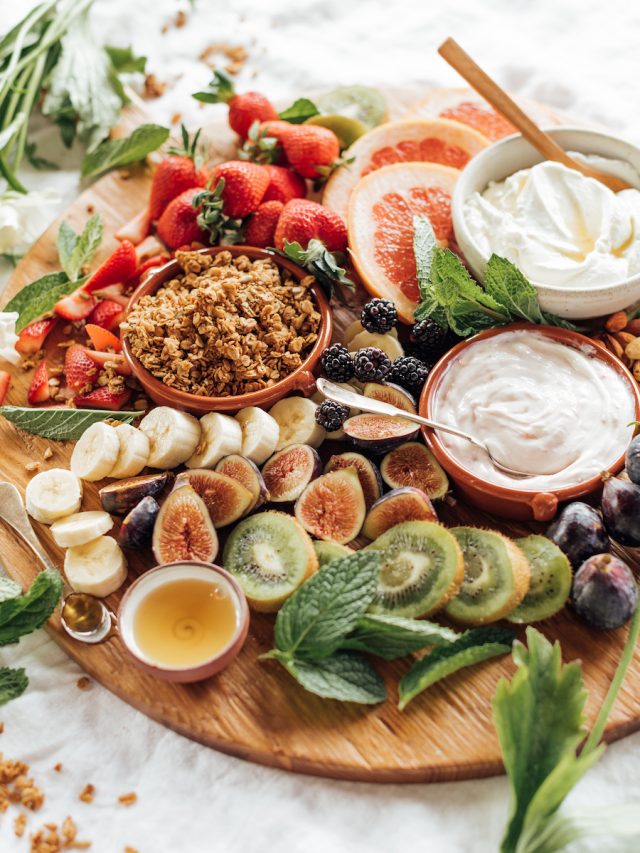Feel like you’ve tried every diet under the sun but nothing has worked long-term? Truth is, that’s how diets work. They’re temporary fixes that often leave us feeling deprived and unsatisfied. But what if I told you there’s a better, more sustainable option? Because you deserve to feel your best without meticulously counting calories or putting certain foods on a naughty list. Neither of these are truly sensible. Food is medicine, but it’s also culture, spontaneity, and fun! Life’s too short to diet your way through it. Ultimately, balance is best. Enter: blood sugar. Say hello to improved energy, a stable mood, and better health by prioritizing foods that lower blood sugar.
By eating whole, nutrient-dense foods (while leaving wiggle room for your favorite treats!), you can create sustainable habits that support your overall well-being. Today, we’re diving into the science behind blood sugar balance and exploring why eating to balance your blood sugar isn’t a diet. It’s a lifestyle shift.
Featured image from our interview with Sanetra Nere Longno.

What’s the best diet for you?
The wellness world is filled (read: overflowing) with different ways to eat. And this isn’t surprising. Food brands and dieting companies have figured out the secret: that variety is the spice of life. If paleo doesn’t work for you, try vegan. Want to cut carbs? Go keto. Need to improve your heart health? Opt for the Mediterranean diet. The list goes on and on. But with so many options, it’s hard to know what’s best for you. At the end of the day, how you choose to fuel your body is completely personalized. It’s based on your current health conditions, well-being goals, as well as your lifestyle and circumstances.
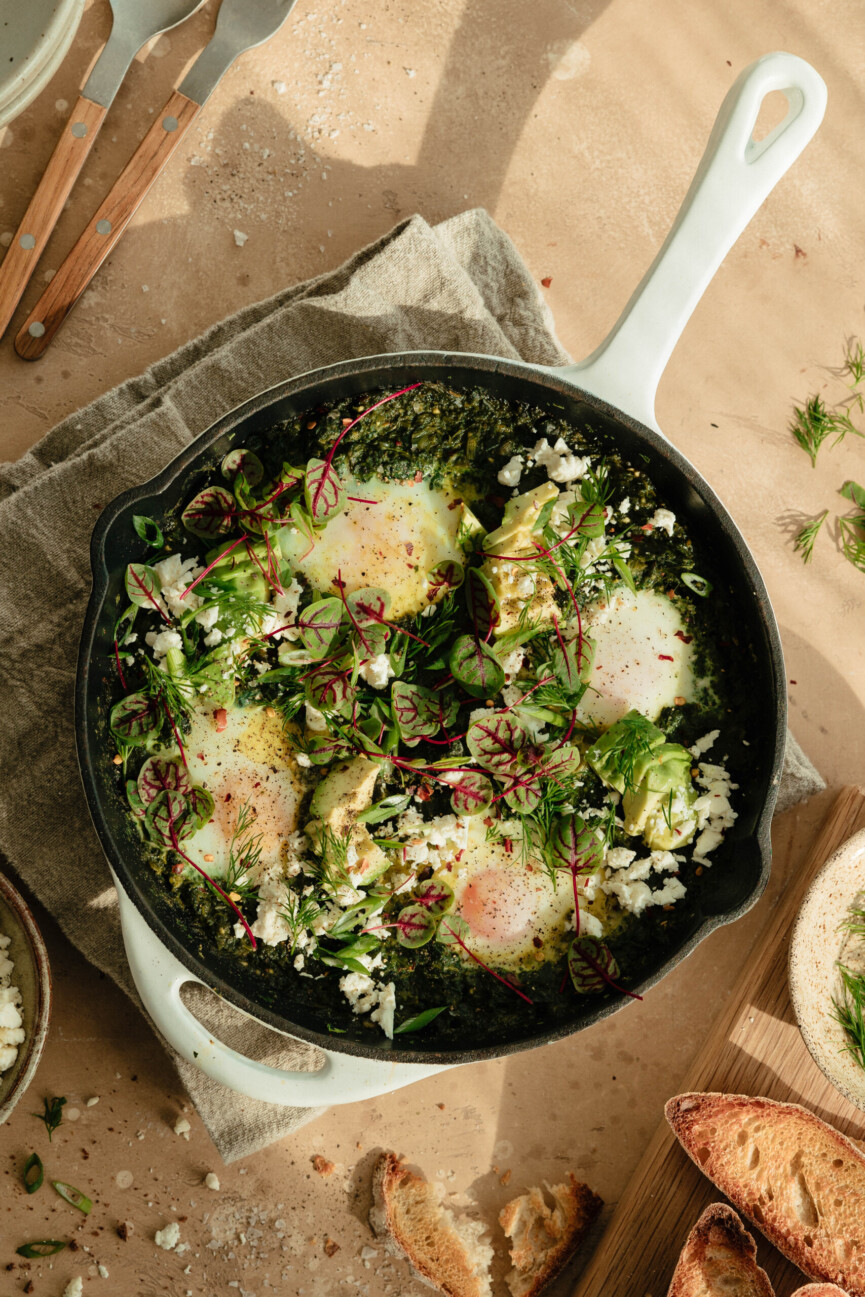
Ditch Dieting for Good
And bring on blood sugar balance, instead. To begin, start shifting your focus from short-term, restrictive eating patterns to a more holistic approach—one that prioritizes your overall health and well-being. This means incorporating more whole, nutrient-dense foods into your diet, listening to your body’s hunger and fullness signals, and finding joy in movement and physical activity.
It also involves embracing self-care practices that support your mental and emotional health (i.e., mindfulness, stress management, and positive self-talk). By adopting these habits, you can create a sustainable, long-term approach to nourishing your body.
Eating to Balance Blood Sugar
Regardless of the specific eating style you gravitate toward, choosing foods that keep blood sugar levels stable is crucial for optimal health. By doing so, you can avoid the spikes and crashes that cause fatigue, mood swings, and sluggish body composition. Additionally, keeping blood sugar levels stable can reduce the risk of chronic diseases and health conditions, like diabetes and PCOS. In other words, while there are many different ways to fuel your body, aim to keep blood sugar balance at the forefront. (Your body and mind will thank you!)

What is blood sugar?
Let’s back up. Without knowing exactly what it means, you’ve probably heard of the term. Blood sugar, also known as blood glucose, is the amount of sugar (glucose) in your blood at any given time. Where does glucose come from? The starchy and sweet foods you eat. And it’s your body’s primary source of energy.
Your blood sugar levels are influenced by a variety of factors, including the types—and amounts—of food you consume, how active you are, and how well your body produces and uses insulin.
Why is balanced blood sugar important?
Blood sugar levels fluctuate throughout the day. In fact, you may already be familiar with spikes and dips in blood sugar. Hello, intense sugar cravings and hanger! We expect a steady rise in glucose after waking, while we exercise, and after eating. However, we want to minimize really high spikes and equally low dips. These are known as unhealthy blood sugar responses. Over time, these can lead to unwanted health conditions. That said, a healthy blood sugar response is one where we have glucose balance after eating.
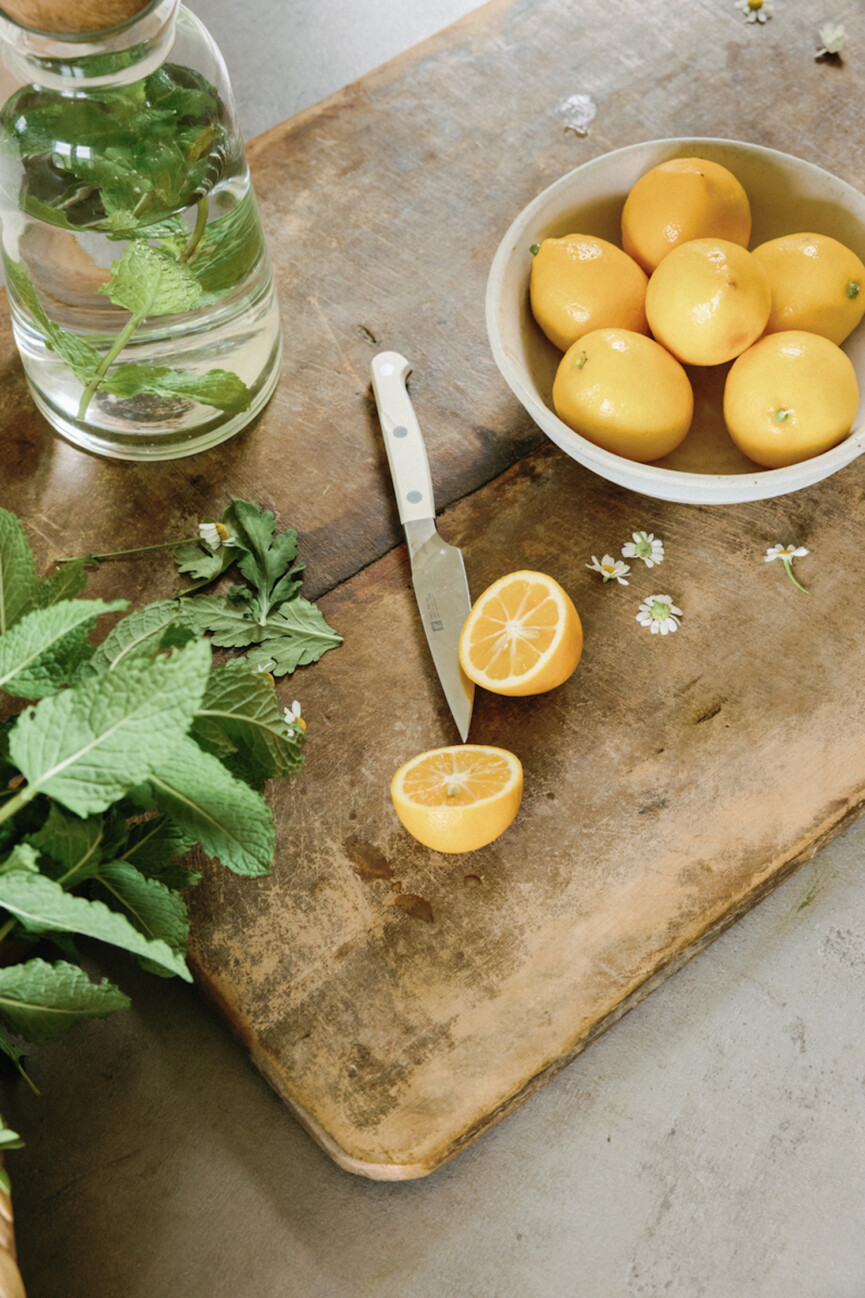
Optimal Blood Sugar Ranges
To help prevent a variety of chronic health conditions, the goal is to keep blood sugar stable as often as possible. So, what does this mean? For someone who hasn’t consumed anything other than water (also known as the “fasted state”), normal blood sugar is below 100 mg/dL. Anything at—or above—100 mg/dL is considered borderline high, and a fasting blood sugar of 126 mg/dL (or higher) is often indicative of diabetes.
Throughout the day, ideal blood sugar should be between 70-110 mg/dL, and should fall below 140 mg/dL two hours after eating a meal. You can learn about your specific blood sugar response by wearing a continuous glucose monitor. Otherwise, your healthcare provider can test your A1C via a blood draw.
How can I tell if my blood sugar is too high?
A big tell-tale sign: a blood sugar crash 1-2 hours after eating (typically, a meal high in carbohydrates without adequate protein and healthy fats). This happens when your blood glucose rises too high too fast, and your insulin overcompensates. You may feel sweaty, shaky, light-headed, or experience brain fog. Another sign is strong carbohydrate cravings, especially in the afternoon or evening. It’s an indicator that you haven’t properly fueled your body with protein, fiber, and fats throughout the day—especially for breakfast.

How to Balance Blood Sugar
Along with eating foods that lower blood sugar, below are three steps to help you achieve stable blood sugar, improve your insulin sensitivity, and minimize hormonal imbalances!
1. Eat all three macronutrients
For ultimate satiation and stable blood sugar, include all three macronutrients in your meals and snacks: complex carbohydrates, protein, and healthy fats. Prioritize protein, slow-digesting carbs—like beans, legumes, sweet potatoes, and squash—and load up on omega-3 fats (salmon, mackerel, herring, sardines, walnuts, flaxseed, and chia seeds). At every meal, pack in as many non-starchy carbs as possible (leafy greens, broccoli, eggplant, summer squash, mushrooms, bell peppers, etc.). Here’s meal inspo to get started!
2. Manage stress
Stress elevates cortisol—one of our body’s main stress hormones. This can increase blood sugar and insulin levels. Cortisol also increases the secretion of leptin, a hormone that plays a role in appetite control. Leptin secretion can reduce satiety and make you feel more hungry. Find ways to lower your daily stress via meditation and setting proper boundaries.
3. Move your body
All exercise is beneficial for overall health and managing blood sugar levels. However, a moderately vigorous effort—such as brisk walking, running, cycling, or strength training—for at least 30-40 minutes 3-5 times a week can significantly benefit insulin regulation and blood sugar levels. Don’t underestimate the power of a moderate, post-meal walk!

Foods That Stabilize Blood Sugar
As a whole, foods that keep blood sugar stable are typically those that are low in added sugars and refined carbohydrates. Furthermore, they’re foods high in fiber, protein, and healthy fats. These include leafy green vegetables, nuts and seeds, lean proteins like chicken and fish, and low-glycemic fruits, like berries and grapefruit.
Additionally, pair carbs with protein and fat. When you do this, glucose is released more slowly into the bloodstream. In other words, eating protein and fat with your carbs (i.e., toast with pesto and avocado) can make a significant difference in your blood sugar response!
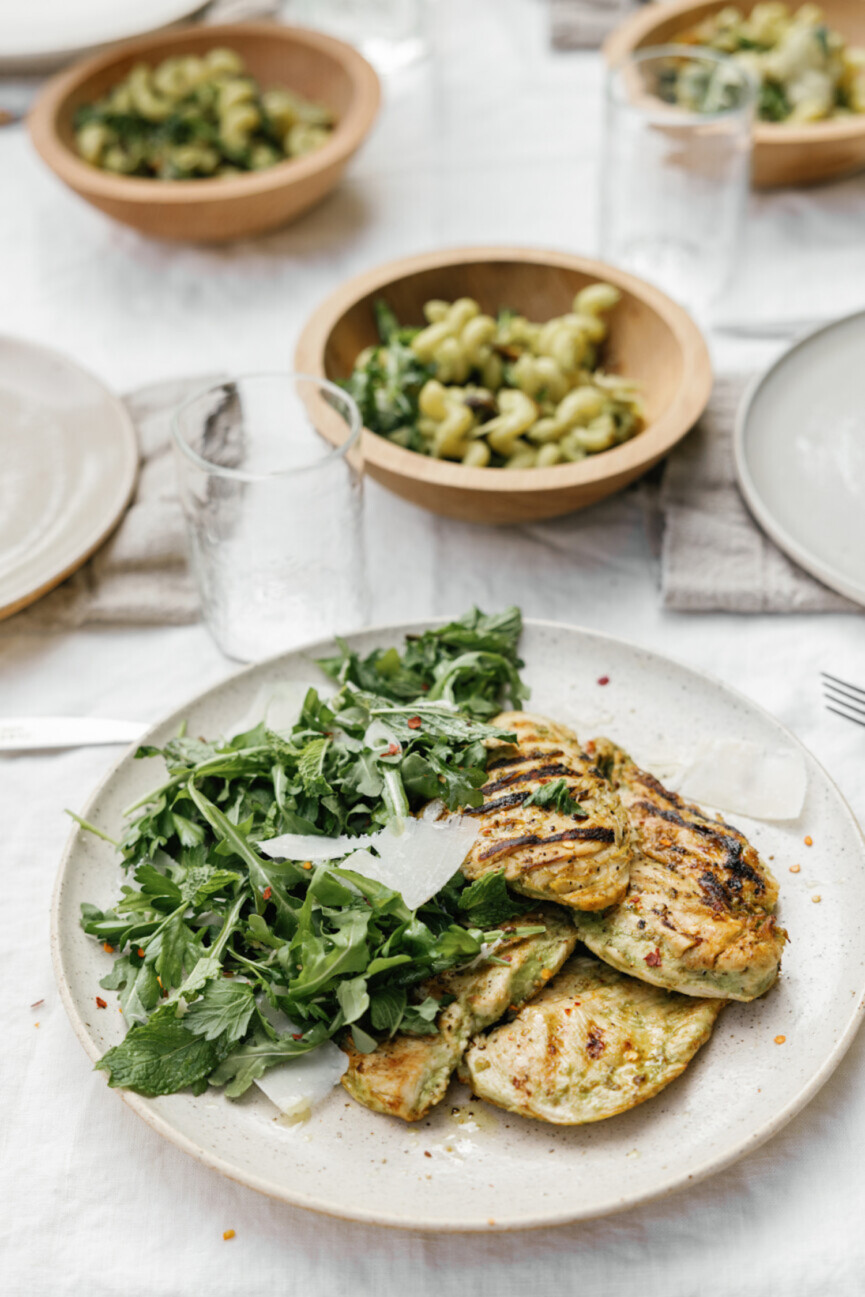
80 Foods That Don’t Spike Blood Sugar
Without further ado, below is a universal list of foods that don’t spike blood sugar. That said, there’s no one-size-fits-all for a metabolically healthy diet. (Note: Wearing a continuous glucose monitor can give you these insights.)
Protein
- Chicken
- Steak
- Beef
- Turkey
- Ham
- Fish
- Shrimp
- Lobster
- Sausage (no sugar-added)
- Eggs
- Collagen peptides
- Bone broth
- Greek yogurt (no sugar-added)
- Cottage cheese
- Kefir
- Hemp seeds
Veggies
In essence, all non-starchy vegetables are great for blood sugar balance.
- Leafy greens
- Brussels sprouts
- Cauliflower
- Broccoli
- Asparagus
- Bok choy
- Cabbage
- Celery
- Carrots
- Chard
- Cucumber
- Eggplant
- Endive
- Hearts of palm
- Jicama
- Kohlrabi
- Leeks
- Mushrooms
- Garlic
- Herbs
- Okra
- Onion
- Peppers
- Radishes
- Pumpkin
- Summer squash
- Snap peas
- Sprouts
- Tomatillos
- Tomatoes
- Turnips
- Zucchini
Fruit
- Blackberries
- Blueberries
- Raspberries
- Strawberries
- Coconut
- Lemon
- Lime
- Orange
- Kiwi
Beans and legumes
- Chickpeas
- Lentils
- Black beans
- Kidney beans
- Cannellini beans
- Soybeans
- Pinto beans
Healthy fats
- Avocado (avocado oil)
- Coconut (coconut butter and coconut oil)
- Almonds
- Peanuts
- Walnuts
- Pecans
- Macadamia nuts
- Full-fat dairy
- Ghee (butter)
- Olives (olive oil)
- Chia seeds
- Flax seeds
- Pumpkin seeds
- Pistachios
- Pine nuts
- Sesame seeds
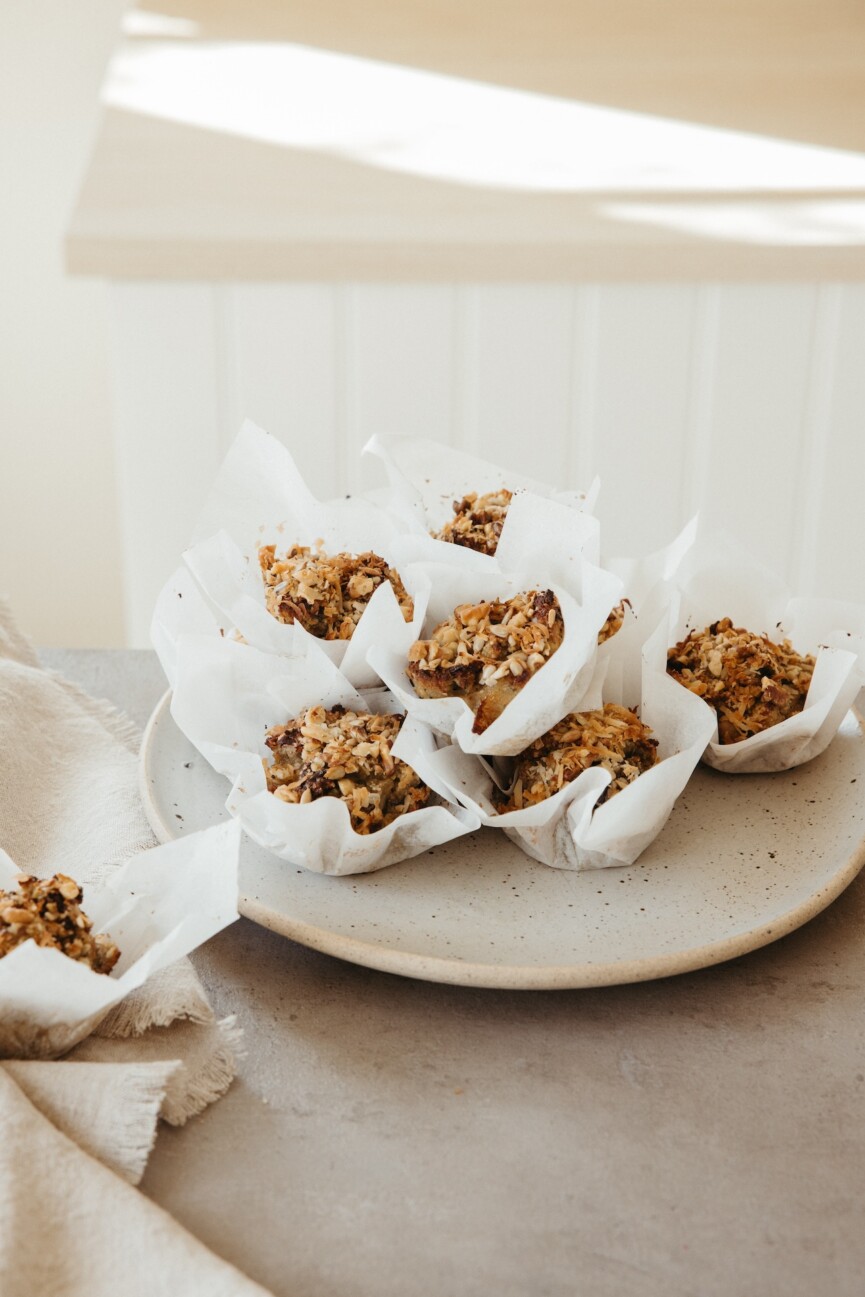
What about bread, tortillas, and baked goods?
Like all other ingredients, everyone metabolizes packaged foods differently. However, because bread is primarily made of carbohydrates, it raises blood sugar. That said, breads made from seeds or nuts can make a helpful difference! When possible, opt for sprouted, 100% whole grains, sourdough bread, or gluten-free tortillas made with almond or coconut flour. Love to bake? In lieu of refined flours and traditional sugars, use blood sugar friendly-ingredients like almond flour, coconut flour, monk fruit, allulose, and stevia-sweetend chocolate chips. Try Camille’s grain-free zucchini muffins for the ultimate AM treat, minus the blood sugar spike.


